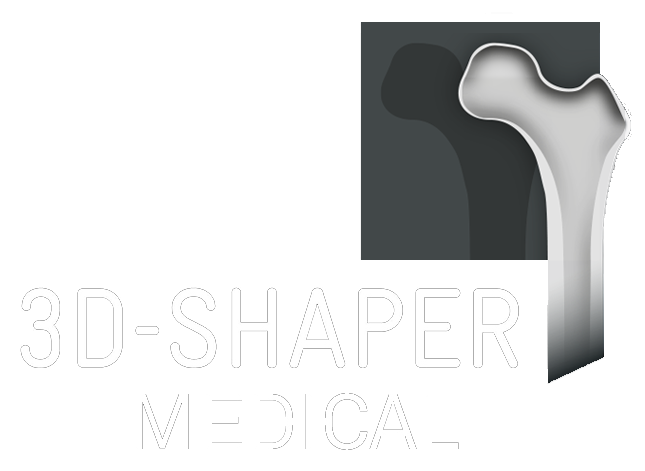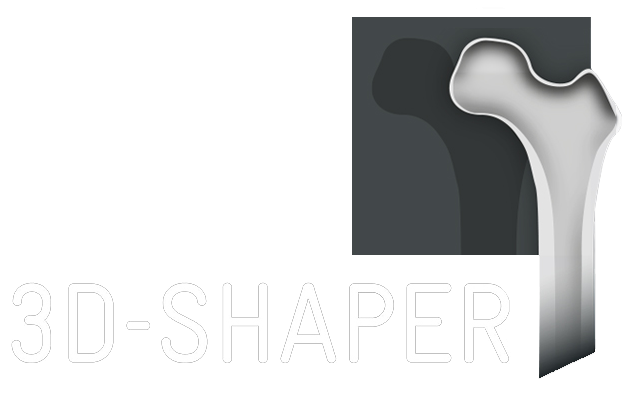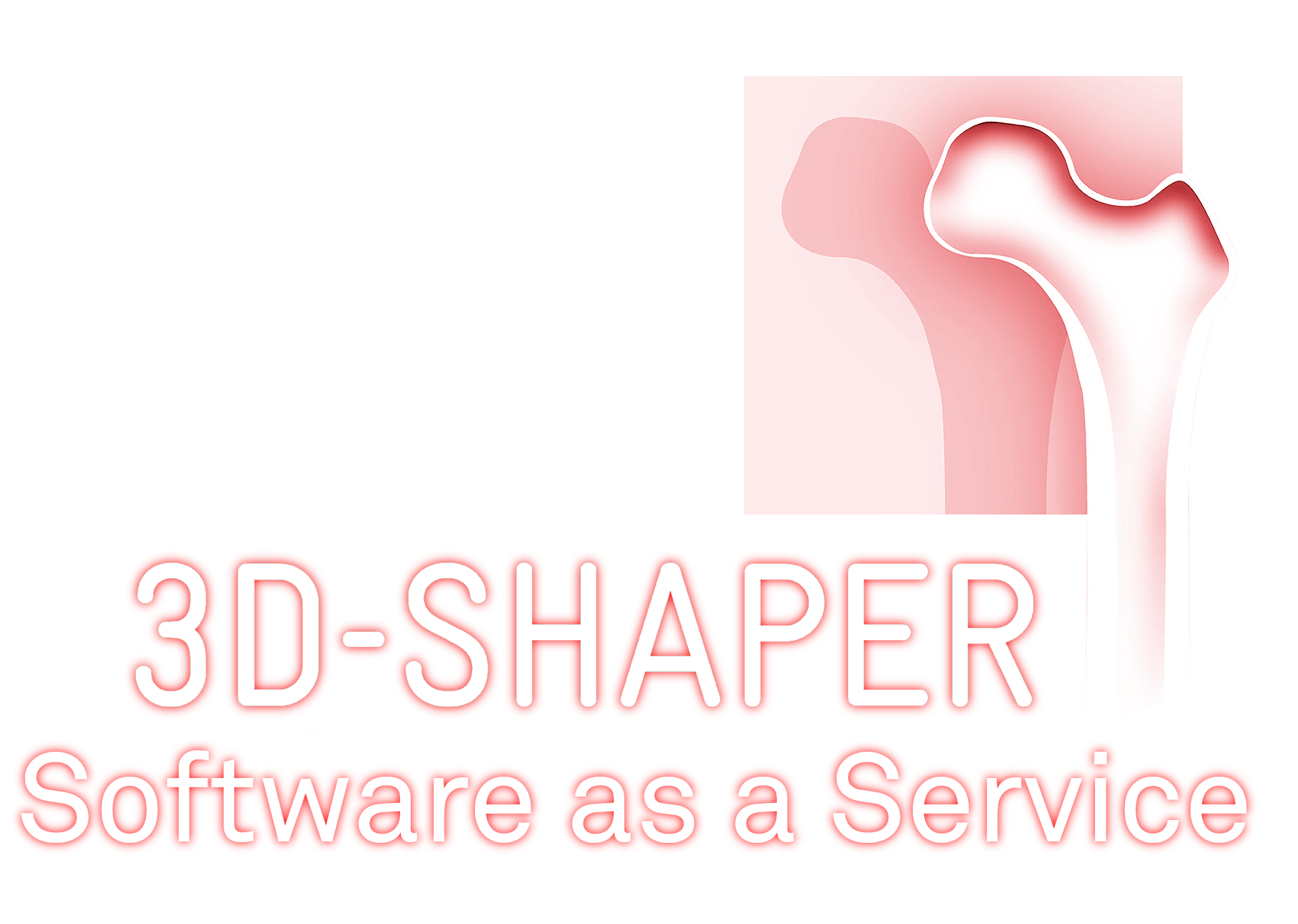
Reveals cortical and trabecular bone from DXA
DXA is the gold standard for assessing and monitoring bone health and is used globally to provide a quick, low-cost and low-radiation dose solution to better understand
a patient's bone health, assess fracture risk, initiate treatment plans and monitor response to treatment over time.
But DXA is flawed. By outputting a two-dimensional image it can only provide part of the picture, missing vital information on the status of the cortical and trabecular bone. As such, local fragilities in the cortical and trabecular compartments could go unnoticed and clinicians cannot effectively assess the efficacy of selected therapies over time.
But DXA is flawed. By outputting a two-dimensional image it can only provide part of the picture, missing vital information on the status of the cortical and trabecular bone. As such, local fragilities in the cortical and trabecular compartments could go unnoticed and clinicians cannot effectively assess the efficacy of selected therapies over time.







